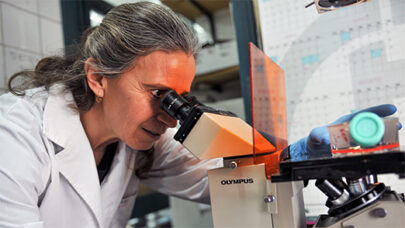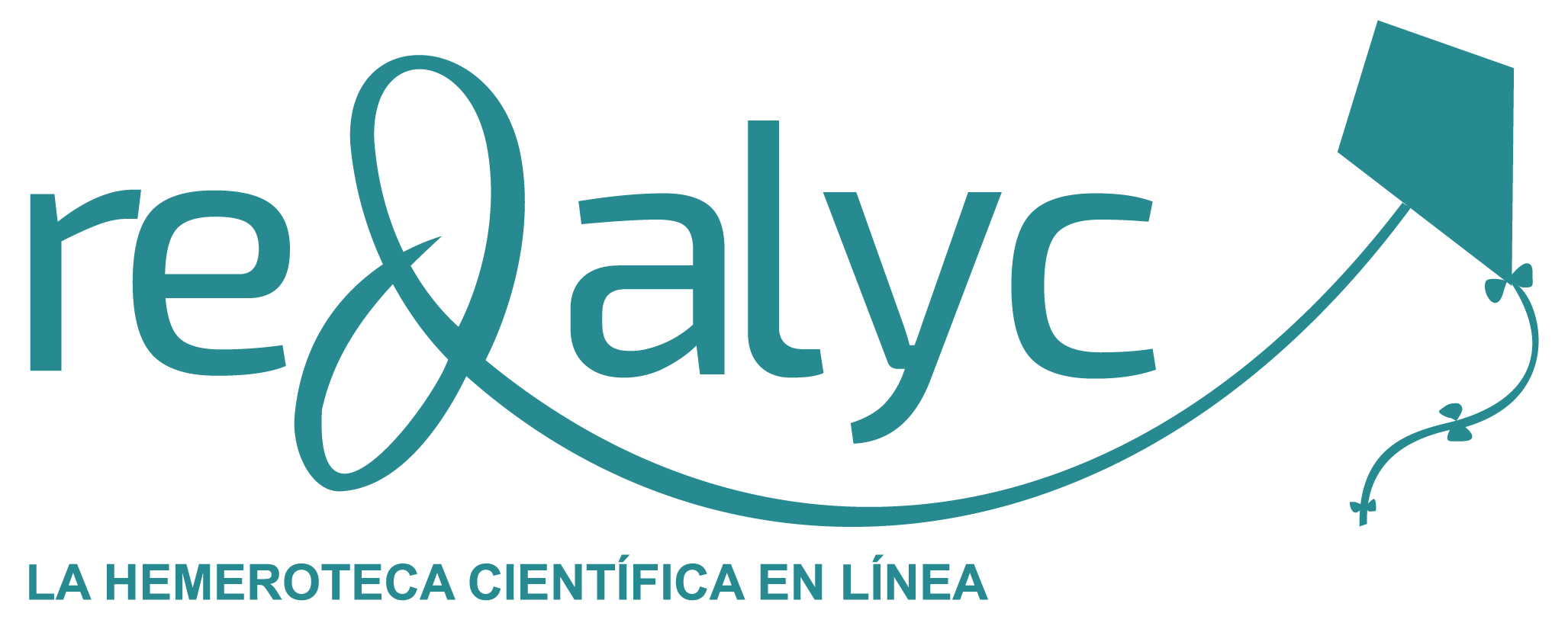ORIGINAL ARTICLES

Original Paper | abril 08, 2025
Evaluation of Soybean Mutant Lines for Resistance to Stink Bugs (Hemiptera: Pentatomidae)
Soybean is one of the main oilseed crops in the world, and stink bugs complex can cause an important reduction in seed yield and quality. The primary control strategy against this pest consists in the use of insecticides according to the economic damage thresholds established for each species. Additionally, genetic resistance allows a more friendly […]
Original Paper | abril 08, 2025
Canary seed flour as a promising new ingredient for gluten-free cookies
Food science and gastronomy collaborate to provide healthy, customized options, including gluten- free food for people with celiac disease. Hairless canaryseed (Phalaris canariensis L.) is considered a gluten-free cereal with a good nutritional profile. The aim of this work was to characterize hairless canaryseed flour (CSF) as a new ingredient and the effect of its […]
Original Paper | abril 08, 2025
Bovine diplodiosis in northwestern Argentina: description of three outbreaks
Diplodiosis, which is caused by Stenocarpella maydis, has emerged as a significant issue in Argentina, affecting cattle primarily in provinces like Buenos Aires, La Pampa, Santa Fe, and Córdoba. This work aims to document three outbreaks of cattle diplodiosis from 2015 to 2023 in the northwestern region of the country, highlighting clinical signs such as […]
Original Paper | abril 08, 2025
Optimization of the production of organic cherry tomatoes through an innovative bioinoculation technology
Biological products are sustainable alternatives to reduce the overuse of chemical fertilizers in agriculture. However, little is known about the effects of such products on cherry tomatoes. This study evaluated the performance of Azospirillum argentinense Az39 (AZ) and an extract of Macrocystis pyrifera (AE) on this variety of tomato. The products were assayed on their […]
Original Paper | abril 08, 2025
Test setup and first report of the removal efficacy of a fruit and vegetable industrial cleaner on fresh-cut vegetables contaminated with Taenia sp. eggs
Food-borne disease outbreaks associated with fresh vegetables represent a growing problem for public health worldwide. In Argentina, Cryptosporidium spp., Toxoplasma gondii, Giardia spp. and Norovirus were reported in a risk ranking of foodborne pathogens transmitted by leafy green vegetables. In that sense, disinfection is a critical step in the processing of fresh vegetables to ensure […]
Original Paper | abril 08, 2025
Productivity and nutritional quality of forage sorghum cultivars used in northeastern Argentina
The objective of the work reported in this paper was to evaluate the productivity and nutritional quality of ten sorghum cultivars in the northeastern region of Argentina, with and without the application of basic fertilizers. The types studied were the following: fodder sorghum, dual-purpose, biomass sorghum (silage sorghum), sudan grass (Sorghum × drummondii (Steud.) Millsp. […]
Original Paper | abril 08, 2025
Carbon footprint of maize produced in Argentina
The carbon footprint (CFP) of a product, such as maize, is defined by the ISO standards as the sum of greenhouse gas (GHG) emissions and GHG removals in a production system, expressed as carbon dioxide equivalent (CO2eq) and based on a life cycle assessment using the single impact category of climate change. It is the […]
Original Paper | abril 08, 2025
Carbon footprint of maize produced in Argentina
The carbon footprint (CFP) of a product, such as maize, is defined by the ISO standards as the sum of greenhouse gas (GHG) emissions and GHG removals in a production system, expressed as carbon dioxide equivalent (CO2eq) and based on a life cycle assessment using the single impact category of climate change. It is the […]
EDITORIAL

International Day of Plant Health: The Value of Science and Technology
“Plant health is the foundation of food security and is interconnected with human, animal, and environmental health. Healthy plants provide higher yields and nutrient-rich diets for both humans and animals, and they help foster a balanced ecosystem.” With this statement, the FAO reaffirms the celebration of the International Day of Plant Health (May 12), due […]


RIA: a transition process in the face of new challenges
Since its creation in 1956, INTA has accompanied the national and regional agricultural sector by developing technological innovation actions in agricultural value chains, and also in different regions and territories to improve country’s competitiveness and sustainable rural development. in Spanish Within its institutional strategy for the communication of technological and scientific advances, INTA has the […]
Editorial | septiembre 14, 2022

Desarrollo de vacunas de nueva generación para uso veterinario
La investigadora del INTA, Gabriela Calamante, pone el foco en los avances logrados desde la plataforma biotecnológica para el desarrollo de bioproductos para aves y mamíferos. Reconoce la capacidad del organismo para desarrollar vacunas, controlar y prevenir enfermedades que afectan a la salud animal.
Editorial | agosto 29, 2022

Secuestro de carbono
La Alianza Mundial por el Suelo de la Organización de las Naciones Unidas para la Alimentación y la Agricultura (FAO) se encuentra desarrollando actividades para crear conciencia sobre la importancia de los suelos en la lucha contra...
Editorial | enero 21, 2022
INDEXING











